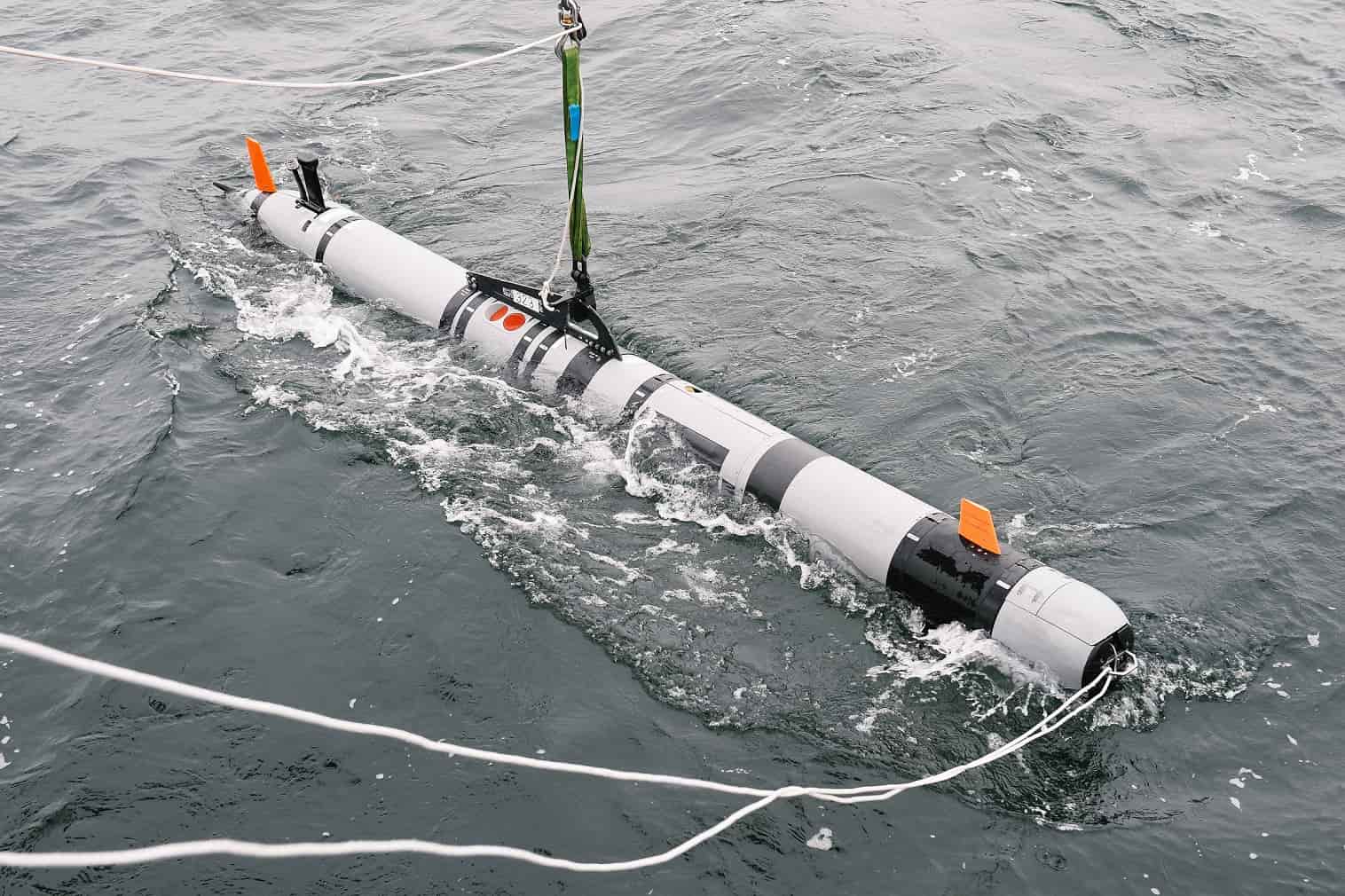The U.S. Navy has confirmed that a team of researchers from the U.S. Navy’s Office of Naval Research, German Naval Research (WTD 71), and staffs from Commander, U.S. Naval Forces Europe and Commander, U.S. Sixth Fleet to conduct serious tests of newest Mk 18 Mod 2 unmanned undersea vehicles (UUV) during the exercise Baltic Operations (BALTOPS) 2019.

The team will test and experiment with Mk 18 Mod 2 unmanned undersea vehicles (UUV) using multiple, modular sensor components that expand their capability as part of the exercise Baltic Operations (BALTOPS) 2019 Mine Warfare Task Group. The experimentation and testing they conduct throughout the exercise provides commanders with a decisive competitive edge.
“Maintaining open sea lines of communication including ports and key landing areas is a critical part of maintaining sea power and sea control, and mine warfare is a key part of that effort that cuts across warfare domains,” said U.S. Navy Rear Adm. Scott Robertson, commander of the BALTOPS 2019 Mine Warfare Task Group and commander of Naval Surface and Mine Warfighting Development Center. “Getting underway with our partners and allies to exercises those skills, refine doctrine and tactics, techniques, and procedures, and to experiment with new technology keeps us stronger together.”
The Mk 18 Mod 2 UUVs employed by the researchers have two sensor mission packages. The Small Synthetic Aperture Minehunter (SSAM II) is used for high-area coverage mine hunting, and the Autonomous Topographic Large Area Survey Forward Looking Sonar (ATLAS FLS) is used for intelligence preparation of the operating environment and to mine hunt above the sea floor.
The Mk 18 Mod 2 experimentation provides valuable insight for BALTOPS multinational commanders to make tactical and operational-level decisions about where to direct landing forces in the exercise. Not only did the system perform well, it surveyed areas in a much more rapid time frame than other systems.
“It is great seeing U.S. MCM UUV capabilities performing efforts in my home region, which I have been working with throughout the last couple years,” said Bundeswehr Senior Chief Nico Bermann, assigned to MCMDIV 31 as part of the Personnel Exchange Program. “This tied together with the data gathering and shown interoperability will benefit future mine countermeasure exercises like BALTOPS. It will also contribute tremendously the development of common tactics and procedures.”
An additional objective the researchers have during the exercise include collecting performance measurements in an operationally relevant environment for future improvements to systems to support commanders.
The data collected during the exercise will inform future Commander, U.S. 6th Fleet Expeditionary Mine Countermeasures (ExMCM) launch-and-recovery, command-and- control, and tactics, techniques, and procedures which will directly support partner and allies working together in a complex and dynamic security environment in the Baltic region.
“This year’s exercise participation continues upon past efforts to effectively employ UUV assets in the Baltic Sea,” said LCDR Daniel NeSmith, attached to U.S. 6th Fleet’s Mine Countermeasures Detachment located in Rota, Spain. “Researchers from allied and partner nations continue to jointly study emerging technologies in different environmental conditions. The data collected during this exercise will be used to improve employment of Mine Countermeasures systems in these types of maritime conditions.”
Additionally, the researchers and scientists will assess system ability to automate generation of products the help commanders have a clearer understanding of the operating environment before applying force. The data collected has potential impact not only on ExMCM missions to improve integration with partners and allies and may also have applications in other areas beyond mine warfare.
The BALTOPS Mine Warfare Task Group (CTG 162.60) includes more than 15 MCM ships, 15 undersea unmanned vehicles (UUV), five drone ships, airborne MCM (AMCM), and more than 70 divers. Mariners and mine warfare experts from 11 allied nations that comprise three distinct task units led by the Baltic Naval Squadron (BALTRON), Standing NATO MCM Group (SNMCMG) 1, and MCMDIV 31.
The BALTOPS 2019 Mine Warfare Task Group include members from the nations of Latvia, Lithuania, Poland, Denmark, Belgium, Germany, the Netherlands, Norway, the United Kingdom, France, and the United States.
Additional nations operating in support of BALTOPS 2019 include Estonia, Finland, Portugal, Romania, Spain, Sweden and Turkey.
BALTOPS is an opportunity to promote partnerships, presence, and professionalism through an unambiguous display of strength in the Baltic region.